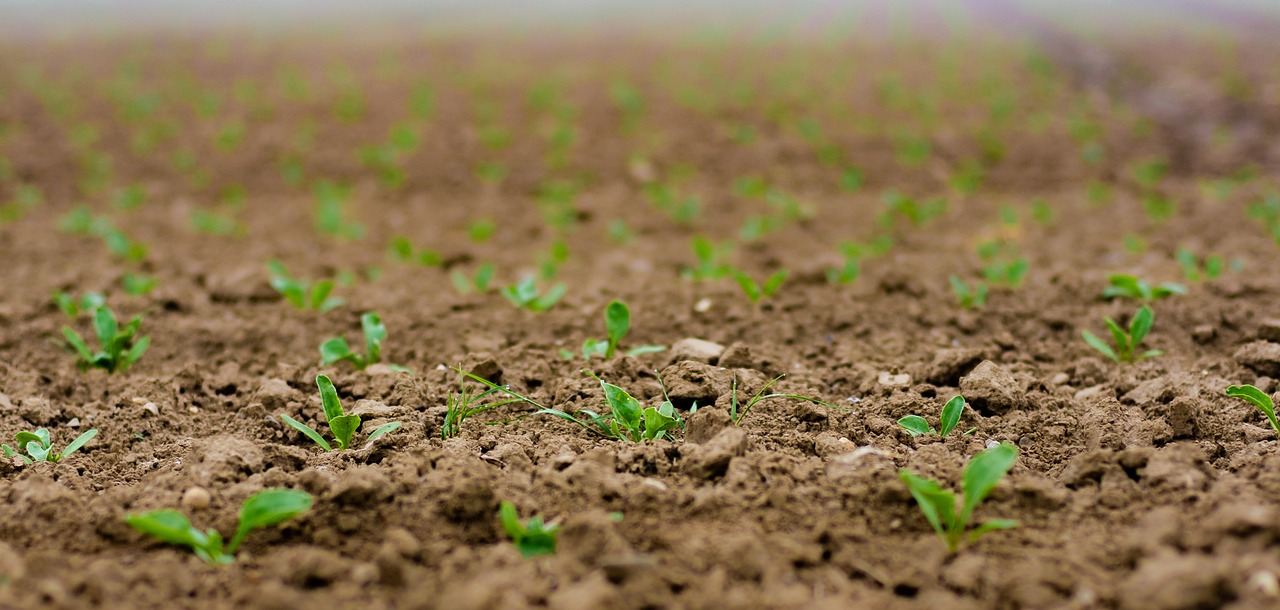Starting Seeds That Need Cold Stratification
By Sherri Sanders
White County Extension Agent
Many plants native to temperate regions require a period of moist cold before their seeds will germinate. This process, known as stratification, mimics the natural winter conditions that break down internal inhibitors and prepare seeds for sprouting when temperatures rise in the spring.
By sowing these seeds in pots and placing them outdoors in late fall or winter, you can replicate this natural process effectively. Moist chilling is an easy, low-tech method that works well for many perennials, including bleeding heart, columbine, globeflower, masterwort, and garden phlox. It is also useful for starting seeds of fall-ripening trees and shrubs such as barberries, dogwoods, lilacs, species roses, and viburnums.
Preparing and Sowing Seeds
To start, use four-inch plastic pots or flats for sowing. If reusing containers, clean them with a solution of one part bleach to nine parts water to prevent disease. Prepare a well-draining potting mix by combining equal parts builder’s sand and a peat-based mix. This coarse texture ensures good air circulation around the seeds and developing roots.
- Moisten the mix and fill your containers, tamping it down to about a half-inch below the rim.
- Sow the seeds about a half-inch apart, covering them with a thin layer of the mix.
- Add a fine layer of gravel or coarse sand on top to prevent rain from washing away the soil and seeds.
- Label each container with the plant name and sowing date using a permanent marker.
- Water thoroughly to ensure adequate moisture before the chilling period begins.
Providing the Chilling Period
Choose a cold location out of direct sunlight for stratification. Ideal spots include an unheated porch, shed, or a cold frame on the north side of a house. The optimal temperature range is 35–45°F. If using a cold frame, line the bottom with moist sand and bury the bases of the pots for stability. Protect the seeds from rodents and birds by covering them with wire mesh.
Regularly check the moisture level and water if the soil surface feels dry. Depending on the species, germination may occur at different times—some in early spring, others in late spring, and a few may take up to a year or more.
Caring for Emerging Seedlings
As spring arrives and seedlings emerge, move the pots to a nursery area or an unheated greenhouse with bright but indirect sunlight. Watch for slugs and snails, as they can quickly destroy young plants.
Once seedlings develop their second set of true leaves, thin or transplant them to prevent overcrowding:
- If you need only a few plants, thin to one seedling per pot by snipping extras with small scissors.
- If growing multiple plants, transplant seedlings individually into 2 1/4- or 3-inch-wide pots filled with moist, peat-based potting mix. Use a fork to gently lift and separate seedlings, handling them by their leaves to avoid stem damage.
Water newly transplanted seedlings and place them in a shaded area for a few days to recover. After a week, move them to a location with morning sun. Begin feeding once a week with diluted liquid fertilizer.
Transplanting to the Garden
By late summer or early fall, many seedlings will be strong enough for garden transplanting. Choose a cool day to plant them and water regularly for a few weeks until well established. Some slow-growing species may need to remain in pots over winter in a cold frame and be planted the following spring.
Common Mistakes to Avoid
- Overwatering – Too much moisture can lead to fungal issues or rot.
- Insufficient Chilling Period – If seeds don’t receive enough cold, they may not germinate.
- Exposing Seedlings to Direct Sun Too Soon – Gradually acclimate seedlings to avoid stress.
- Ignoring Pest Protection – Rodents, birds, and slugs can damage seeds and young plants.
Recommended Species for Cold Stratification
- Perennials: Bleeding heart, columbine, garden phlox, masterwort
- Trees & Shrubs: Dogwoods, lilacs, species roses, barberries, viburnums
Troubleshooting Tips
- No Germination: Double-check chilling duration and moisture levels.
- Mold Growth: Improve air circulation and avoid excessive watering.
- Weak Seedlings: Ensure adequate light and begin diluted fertilization early.
By following these simple steps and avoiding common pitfalls, you can successfully grow a variety of perennials, trees, and shrubs from seed, ensuring a thriving garden filled with beautiful, healthy plants.
For more information, contact Sherri Sanders at ssanders@uada.edu or (501) 268-5394. Follow Sherri on Facebook.
Pursuant to 7 CFR § 15.3, the University of Arkansas System Division of Agriculture
offers all its Extension and Research programs and services (including employment)
without regard to race, color, sex, national origin, religion, age, disability, marital
or veteran status, genetic information, sexual preference, pregnancy or any other
legally protected status, and is an equal opportunity institution.